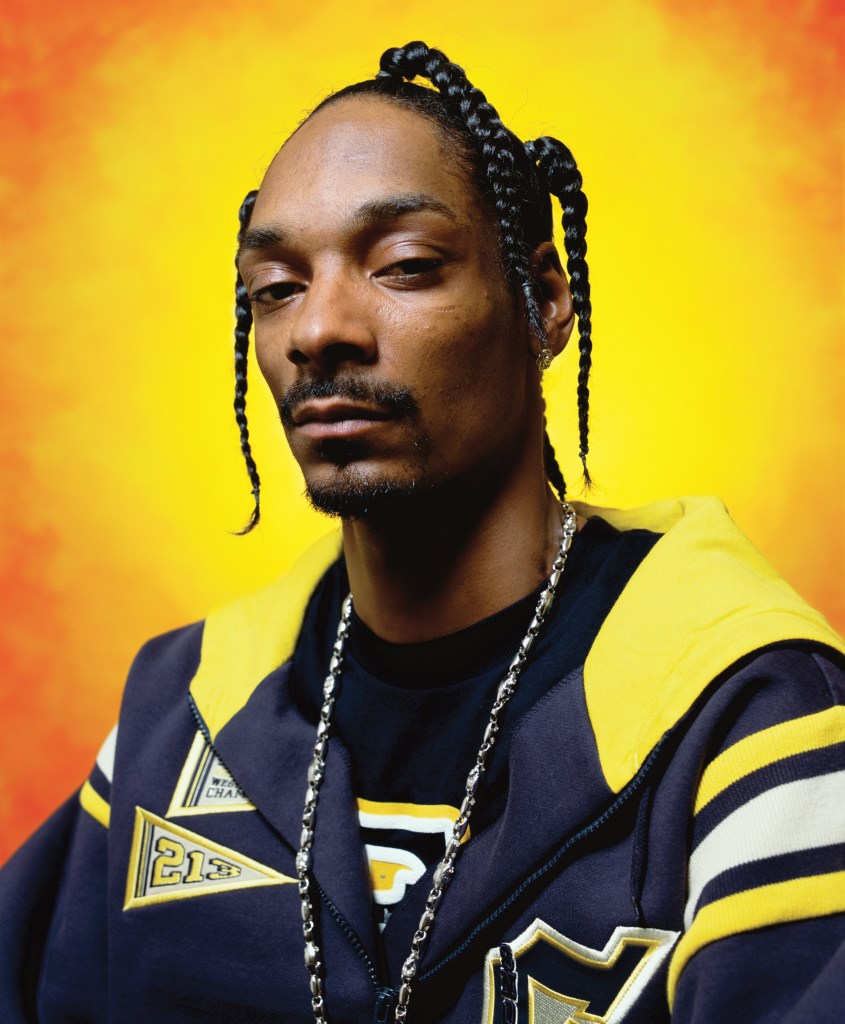Corporeal Politics: Power, Desire, and the Sacred – Andres Serrano





The photographs on these two walls bring together two different series.
In the centre of the next wall, the details of weapons come from the series Object of Desire. Through this series, Serrano questions America’s obsession with weapons and, as the title suggests, the erotic passion Americans have for firearms. Anchored in both the Constitution and the culture, guns are part of American identity. Here, the Colt revolver itself disappears behind magnified, sublimated detail that reveals almost abstract and highly aesthetic forms that seem to counterbalance the power and violence associated with weapons.
This close-up not only distances the object from its function but also exposes its unmistakably sensual, even phallic, contours, suggesting how virility, domination and desire are projected onto the weapon. Serrano thus harnesses seduction and superficial beauty to counterbalance, and ultimately question, the power and violence inherent in these objects.
In this distinctly American series, we find the same ambiguity between the private and the public, between sensuality and aggression, between ethics and aesthetics. The barrel pointing directly at the viewer provokes reflection on the issue of firearms and the endless debates surrounding them.
The other photographs belong to the series America, a collection of portraits of Americans from various social and cultural backgrounds, such as steelworker Harold Bisagni (Iron Worker, 2004) and Snoop Dogg (2002). The series was created after the 9/11 attacks, with the intention of portraying America’s diversity through a wide range of figures ranging from the ordinary, e.g. a homeless man, a banker, a street vendor, to the noted, such as public figures, celebrities, and politicians.
In the portrait of Snoop Dogg, the colour of the background intensifies the aura of an icon, yet Serrano does not freeze him in mere celebrity. As Snoop Dogg’s career evolved, he became a cultural ambassador, using his platform to advocate for social change, education, and youth empowerment, positioning himself as a voice for the communities that shaped him.
Highly colourful and bordering on kitsch, these portraits echo the typological approach of August Sander in Antlitz der Zeit (1929), yet their vivid, pop-inspired palette stands in sharp contrast to the objective black-and-white photographs of the German artist.